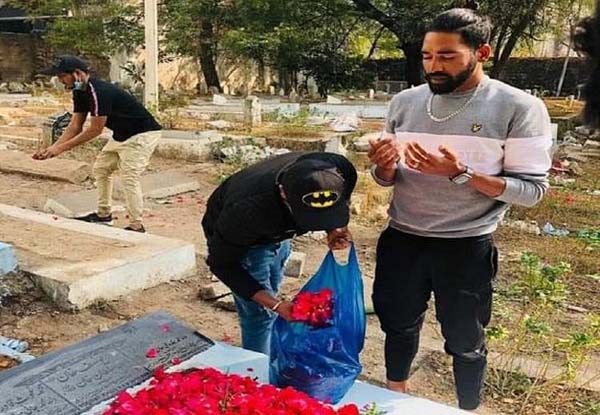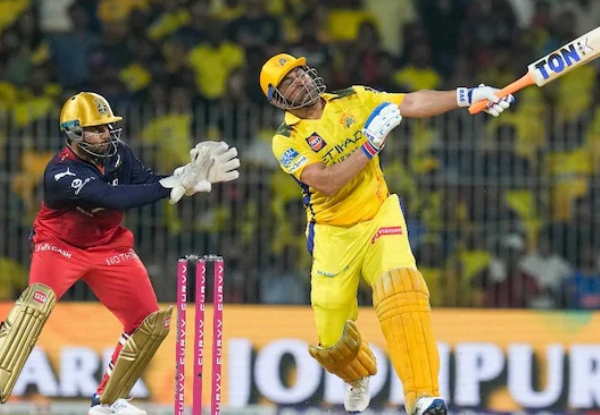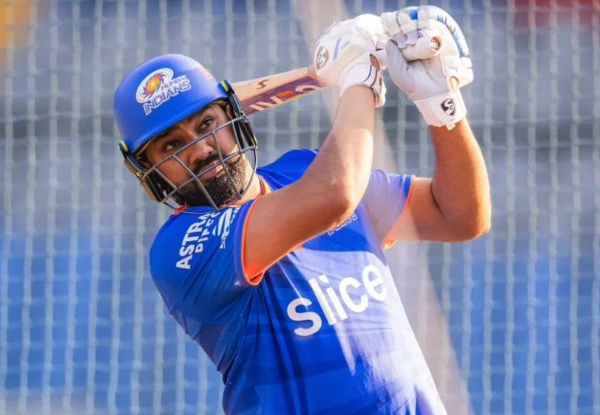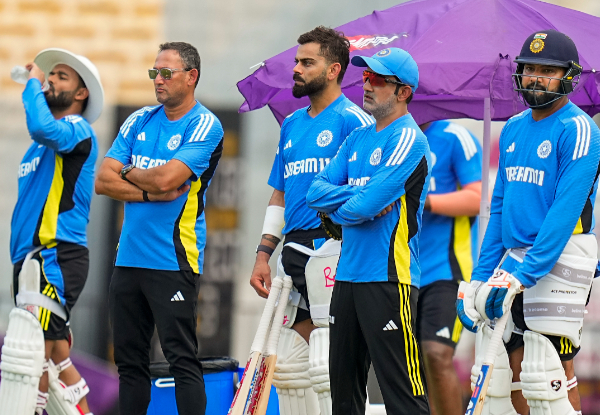Emotional Siraj heads straight to father’s grave from airport, offers prayers

Xtra Time Web Desk: Team India fast bowler Mohammed Siraj paid a fitting tribute to his late father on his return from Australia. The fast bowler drove straight to his father’s grave from the Hyderabad airport. The talented fast bowler made a great sacrifice of not returning to India when his father died two months ago just to see his father’s dream turn into reality.
As Siraj stood and prayed in front of his father Mohammed Ghouse's grave, his two-month long wait finally came to an end. He laid flowers at his father's grave while offering prayers before heading to his home in Al-Hasnath colony.
Siraj's 53-year-old father, who was an auto driver, had died on November 20 due to a lung ailment -- barely a week after his son landed in Australia with the Indian team.
He was given the option of returning home but the pacer chose to stay back with the team for the tour.
He made his Test debut in the second match in Melbourne and finished the Border-Gavaskar series with 13 wickets - the most by any Indian bowler as the team came from behind to script a memorable 2-1 series win.
Having got the backing of his family, Siraj's brave decision to stay back not only saw him make his India debut but also play an instrumental part in the team's victory while fulfilling his father's dream of representing the country in the highest form of the game.
"It was my (late) father's dream that Siraj should represent India in Tests. He always wanted to see him (Siraj) in blue and white jersey to represent the nation, so the dream got fulfilled," Siraj's brother Mohammed Ismail had told PTI.
Siraj bowled his heart out and picked up a maiden five-wicket haul (5/73) at the Gabba in Brisbane, Australia's fortress which was breached on Tuesday after 32 years.
"It was a great achievement by the Indian team and my brother Siraj has achieved what our father dreamt. We are happy that Siraj was able to contribute to the victory," Ismail said.
With Inputs from PTI







